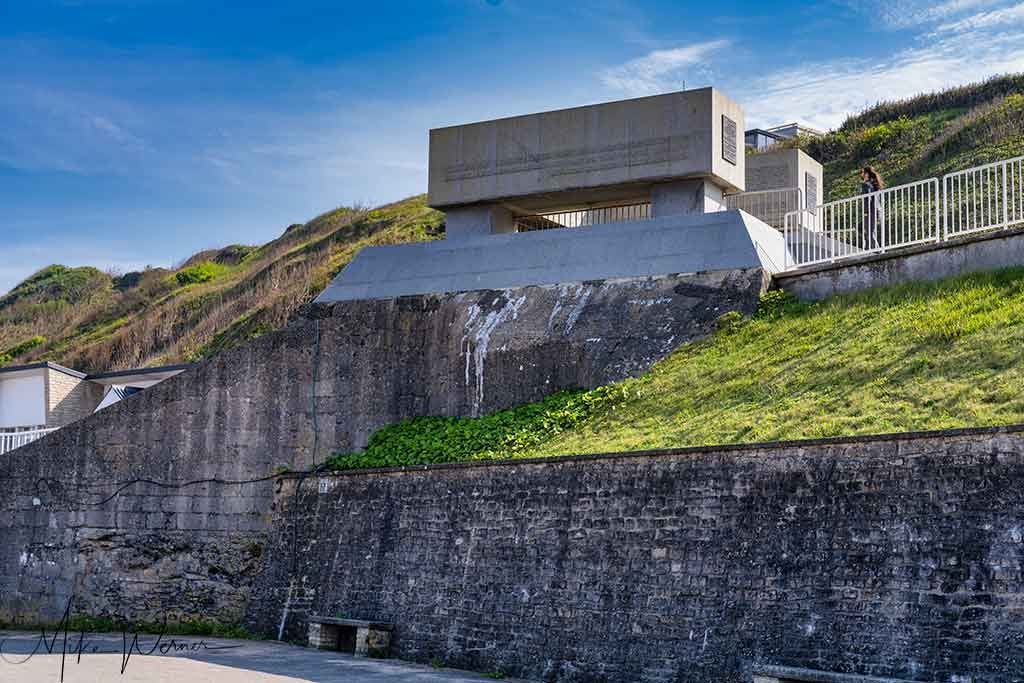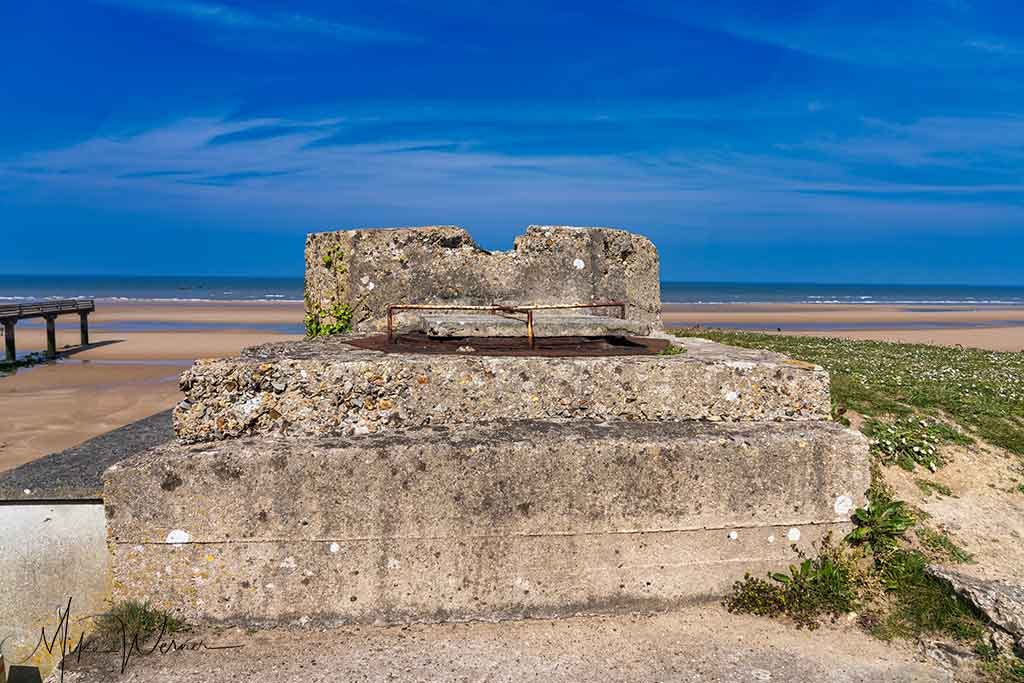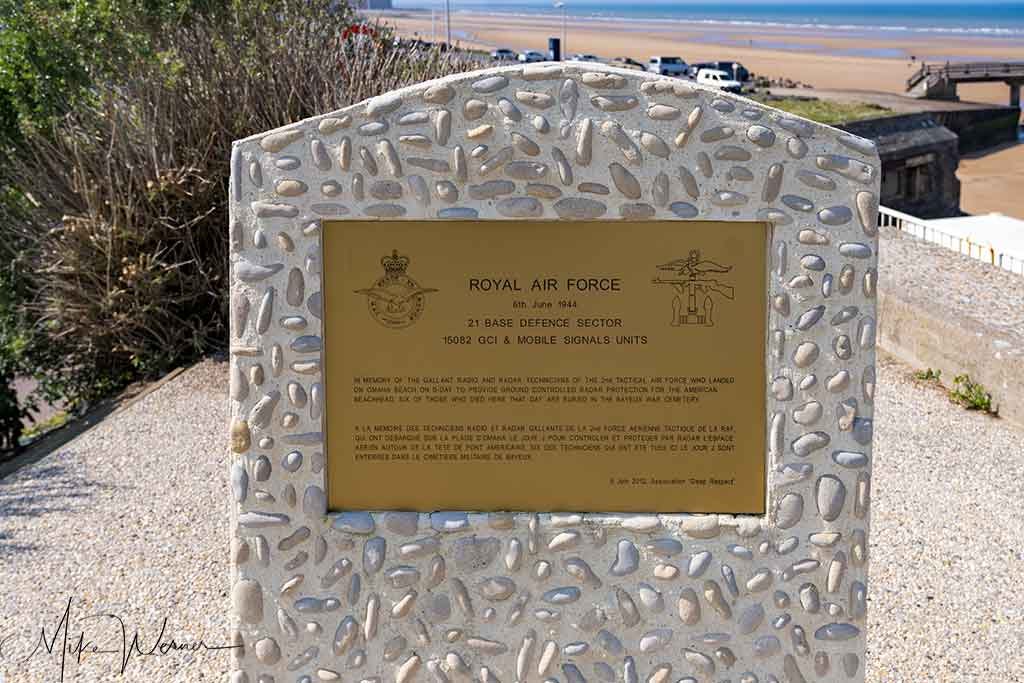Vierville-sur-Mer is a small commune located in the Calvados department of Normandy, France. It lies on the English Channel and holds a historically significant position at the western edge of Omaha Beach, one of the main landing sites during the Allied invasion on D-Day, June 6, 1944.
Click here to see where Vierville-sur-Mer is located on Google Maps.
On D-Day, Vierville-sur-Mer was a central landing zone for the U.S. Army's 116th Infantry Regiment of the 29th Infantry Division, alongside the 5th Ranger Battalion and Companies A, B, and C of the 2nd Ranger Battalion. These units landed on the Dog Green, Dog White, Dog Red, and Easy Green sectors of Omaha Beach, which lie directly below the village. The area was strongly fortified by German defenses, particularly at points like Widerstandsnest 72, and the assault faced intense resistance, leading to heavy casualties.
On June 7, 1944, the village became a target for further Allied advances. The U.S. 4th Infantry Division and the 502nd Parachute Infantry Regiment, with support from M5 Stuart tanks, launched an assault on Vierville-sur-Mer. Despite a counterattack by the German 100th Panzer Battalion, the village was cleared of enemy forces and became a vital foothold for continued operations inland.
Mulberry Harbours
Mulberry Harbours were temporary portable harbours developed by the Allies during World War II to facilitate the rapid offloading of cargo onto the beaches during the invasion of Normandy in June 1944. Their creation was a critical part of Operation Overlord, as the Allies needed a way to land large volumes of men, vehicles, and supplies in France without having immediate access to a major port.


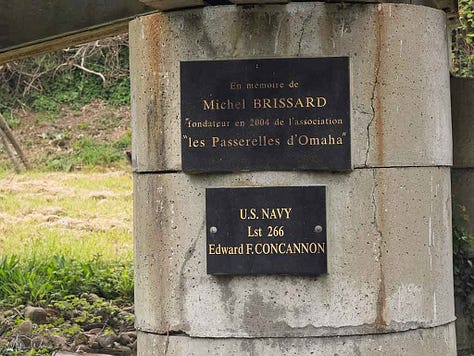
There were two Mulberry Harbours constructed—Mulberry "A" for the American forces at Omaha Beach, near Vierville-sur-Mer, and Mulberry "B" for the British at Gold Beach, near Arromanches. Each harbour consisted of several key components: floating roadways to bring vehicles ashore, pontoons to support the roads, and large blockships and concrete caissons (known as Phoenix units) to form breakwaters, providing shelter from the sea.
Construction of the harbours began in secrecy in southern England, with parts towed across the English Channel in the days following D-Day. Mulberry "B" at Arromanches was successfully assembled and remained operational for several months. It played a major role in the Allied supply chain, handling thousands of tons of matériel per day.
Mulberry "A" at Omaha Beach was less fortunate. A severe storm on June 19, 1944—just thirteen days after the invasion—destroyed much of the American harbour, rendering it unusable. Parts of the artificial Mulberry harbor used by the Allies remain visible along the beach
Memorials

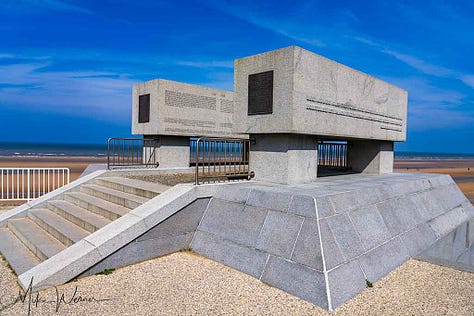
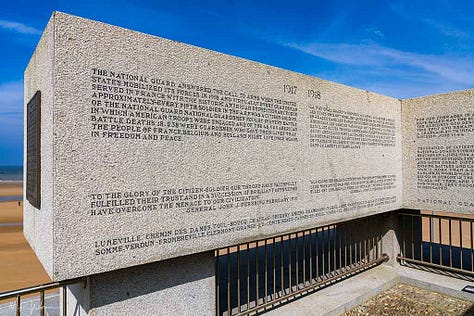




One of the most prominent memorials in Vierville-sur-Mer is the National Guard Monument. This bronze sculpture depicts a soldier dragging a wounded comrade ashore, symbolizing the courage and determination of the U.S. National Guard units that stormed the Dog Green sector of Omaha Beach. The monument stands near the site of the former German strongpoint WN72, which was a focal point of intense combat during the landings.
Another notable site is the memorial marking the location of the first American cemetery in France during World War II. Established on June 7, 1944, this temporary cemetery was situated near the beach and served as the initial resting place for many American soldiers who fell during the early stages of the Normandy campaign. Although the remains were later relocated to permanent cemeteries, the memorial remains as a testament to the sacrifices made.
Vierville-sur-Mer also features a memorial dedicated to the Royal Air Force (RAF) Mobile Signals Units. This stone monument honors the RAF personnel who provided crucial communication support during the invasion, ensuring effective coordination among Allied forces.
The D-Day Omaha Museum, founded in 1999, displays wartime artifacts such as vehicles, equipment, and personal belongings from Allied and German troops.
More about this museum in a future article. A link will be placed here when published. Or you can subscribe to our free newsletter and receive updates directly in your inbox.

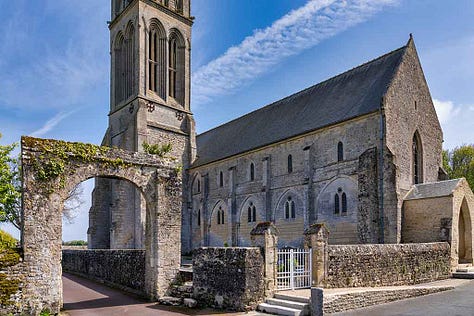
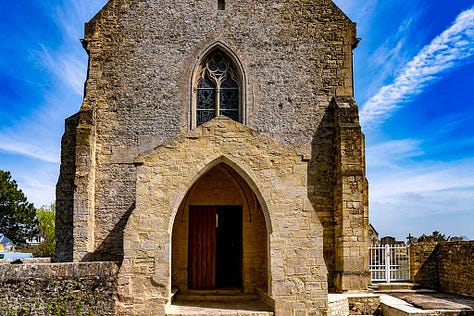


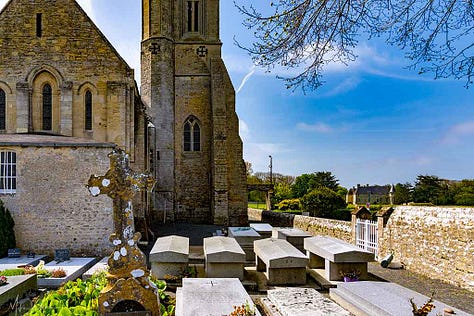
The village also features historical buildings, including the medieval Église Saint-André and the 16th-century Manoir de Vaumicel.




